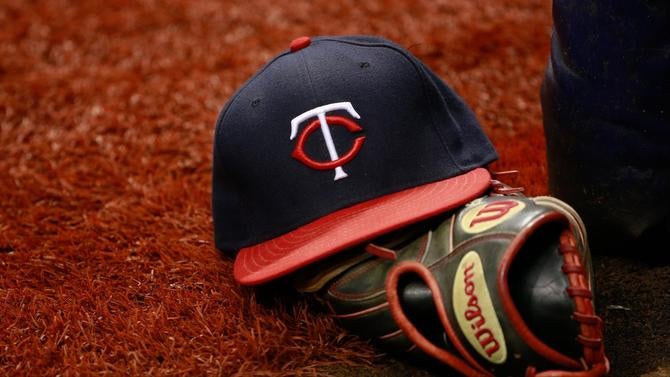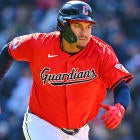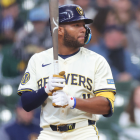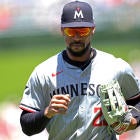At 59-103, the Minnesota Twins not only had the worst record in baseball in 2016, they also had the worst record since the Washington Senators franchise relocated to Minnesota and became the Twins in 1961. The 1982 team, which went 60-102, previously had the worst record in team history.
If there's an upside to being this bad -- no other team lost more than 94 games in 2016 -- it's the draft and international free agency windfall that comes with it. The Twins will have the first overall pick in the 2017 First Year Player Draft and also receive the largest bonus pool for the 2017-18 international signing period. Here is the 2017 draft order:
- Minnesota Twins
- Cincinnati Reds
- San Diego Padres
- Tampa Bay Rays
- Atlanta Braves
- Oakland Athletics
- Arizona Diamondbacks
- Philadelphia Phillies
- Milwaukee Brewers
- Los Angeles Angels
- Colorado Rockies
- Chicago White Sox
- Pittsburgh Pirates
- Miami Marlins
- Kansas City Royals
- Houston Astros
- New York Yankees
- Seattle Mariners
- St. Louis Cardinals
- Detroit Tigers
- San Francisco Giants
- New York Mets
- Baltimore Orioles
- Toronto Blue Jays
- Los Angeles Dodgers
- Boston Red Sox
- Cleveland Indians
- Washington Nationals
- Texas Rangers
- Chicago Cubs
The draft order is the reverse order of the final standings. The previous year's record is used to settle any tiebreakers, which is why the Mariners pick before the Cardinals even though they finished with identical 86-76 records in 2016. Here are a few more things to know about the 2017 draft.
This is the third time the Twins have held the top pick

The Twins have held the No. 1 overall selection on two other occasions in their history. They selected righty Tim Belcher with the top pick in 1983, and Joe Mauer with the top pick in 2001. Mauer signed with his hometown team and has gone to have a long and productive career, which includes three batting titles and the 2009 AL MVP award.
Belcher, however, did not sign with the Twins in 1983. The team offered a small bonus -- the club was in the middle of an ownership transition and money was tight, which is why they failed to sign their first and second round picks that year -- so Belcher did not sign. He was later picked by the Yankees with the first selection of the winter secondary phase draft, which no longer exists. Belcher went on to win 146 games in a 14-year big league career.
The top 10 picks are protected from free agent compensation
Each winter draft picks are gained and lost as free agent compensation, so that draft order you see above is not final. Clubs are going to forfeit picks to sign high-end free agents. Happens every offseason.
The top 10 picks are protected from draft pick compensation, however. That means the Twins, Reds, Padres, Rays, Braves, Athletics, Diamondbacks, Phillies, Brewers, and Angels can sign a qualified free agent and retain their first round pick. They will have to give up their second round pick though. That's not a big deal, really. The first rounder is the one teams don't want to give up.
The draft system could change drastically this winter
MLB and the MLBPA are currently in the process of negotiating a new collective bargaining agreement, and while speaking with reporters Sunday, commissioner Rob Manfred said the two sides hope to have a new agreement in place soon after the end of the World Series. The current CBA expires December 1.
There's a good chance the new CBA will change the draft and free agent compensation rules, perhaps drastically. Last time around the bonus pool system was put in place, meaning teams could no longer pay amateurs whatever they wanted. They're now limited to a set bonus pool. Owners love it because it keeps costs down, and this is an easy concession for the union to make because amateur players are not MLBPA members.
It's very unlikely the new CBA will severe the ties between the draft and free agency entirely. The rules could be modified however -- the same applies to international free agency -- and given the way things have gone the last few years, the new rules are likely to make it tougher for teams to spend in the draft, not easier.
The 2017 amateur draft will be held in early June. The 2017-18 international signing period opens July 2.






















